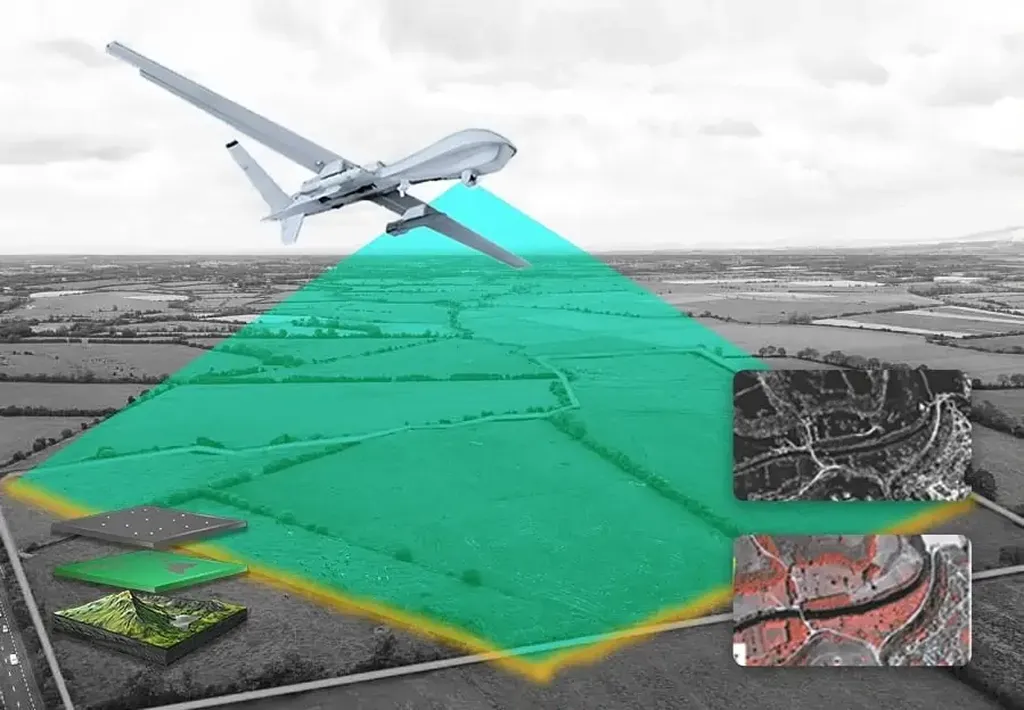Researchers Antonella Barisic Kulas, Frano Petric, and Stjepan Bogdan have developed a novel approach to maritime vessel detection and identification using unmanned aerial vehicles (UAVs). Their work, presented at the MBZIRC2023 competition, addresses the critical need for autonomous maritime surveillance and target vessel identification in environments where Global Navigation Satellite Systems (GNSS) are unavailable.
The researchers leveraged the YOLOv8 object detection model to detect all vessels within the UAV’s field of view. This model is renowned for its efficiency and accuracy in real-time object detection tasks. By utilizing YOLOv8, the team ensured that the UAV could quickly scan a large search area, a crucial capability when time and computational resources are limited.
Once vessels are detected, the researchers applied feature matching and hue histogram distance analysis to identify if any detected vessel corresponds to the target. Feature matching involves comparing distinctive features of the detected vessels with those of the target vessel, while hue histogram distance analysis evaluates the color distribution to ensure a match. This dual approach enhances the accuracy of vessel identification, even when the target vessel is only described by visual cues and its last known position is unavailable.
When a target vessel is identified, the researchers employed simple geometric principles to localize it. This step is essential for applications such as search and rescue and threat detection, where precise localization can significantly impact the outcome. The integration of these methods into a fully autonomous system with GNSS-denied navigation demonstrates the robustness and reliability of the proposed approach.
The researchers also evaluated the impact of perspective on detection accuracy and localization precision. They compared their method with the oracle approach, which assumes perfect knowledge of the target vessel’s position and characteristics. This comparison highlighted the strengths and limitations of their approach, providing valuable insights for future improvements.
The practical applications of this research are vast. In search and rescue operations, the ability to quickly and accurately detect and identify vessels can save lives by enabling rapid response. In threat detection, the same capabilities can enhance maritime security by identifying potential threats in real-time. The researchers’ work represents a significant advancement in the field of autonomous maritime surveillance, offering a reliable solution for GNSS-denied environments. Read the original research paper here.

